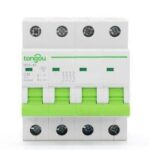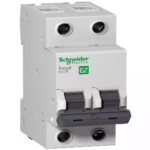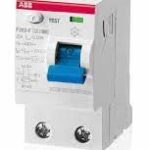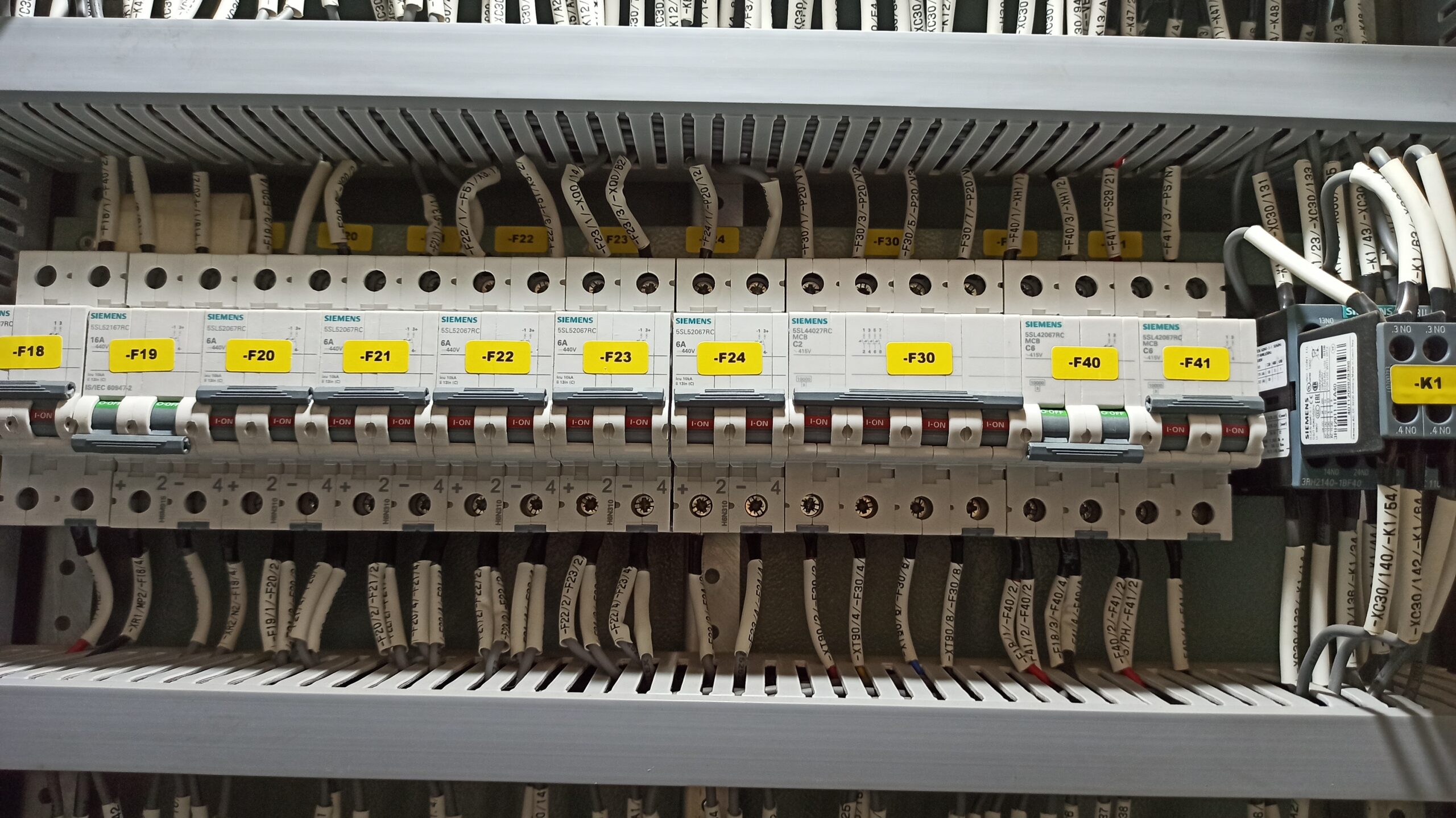Miniature Circuit Breakers (MCBs) are the unsung heroes in the symphony of contemporary electricity management, maintaining the smooth flow of power while preventing electrical accidents. These devices play a vital role in maintaining the safety and efficiency of your electrical system. In this blog, we will understand the diverse world of MCBs, exploring their types, empower you with the expertise to select the right MCB for your specific needs, understanding the crucial polar criteria, and decode their applications.
Types of MCBs:
Type B MCB – Your General Guardian

Type B MCBs are the backbone of residential and commercial spaces, designed to manage over currents that are 3 to 5 times the rated current. They are your constant companions in lighting up your rooms and powering your daily electronics.
Type C MCB – Modest Inrush control

Type C MCBs come into play for circuits with moderate inrush currents, such as motors and fluorescent lighting. They make sure that your appliances start up smoothly without compromising safety by tripping at 5 to 10 times the rated current. This MCB commonly used for domestic and light industrial use.
Type D MCB – Managing High Surges

Type D MCBs are useful in circuits with transformers or discharge lamps because they produce strong inrush currents. Potential electrical risk avoided because of their capacity to trip at 10 to 20 times the rated current.
Type K MCB – Controlling the Motor Roar

Motor circuits demand special care due to their significant inrush currents during startup. Type K MCBs offer variable tripping to ensure motors kick into action without causing unnecessary disruptions.
Type Z MCB – Safeguarding Sensitivity

When sensitive electronics and semiconductor devices are at stake, Type Z MCBs shine. With an ultra-short tripping time, they provide the best protection against faults, securing your delicate devices.
Type AC MCB – Versatility at Its Core

Type AC MCBs are the all-rounders, offering protection against both alternating current (AC) and pulsating direct current (DC) faults. They can manage any applications from household to commercial.
Type A MCB – For the Smooth Currents

Circuits hosting electronics and devices generating smooth DC components benefit from Type A MCBs. Their ability to manage sinusoidal AC currents and smooth DC currents makes them a favourite for modern setups.
Type F MCB – Guarding Against Pulsations

Type F MCBs, with their emphasis on residual currents and pulsating direct currents, are ideal choice for circuits including electronic equipment and high-frequency devices.
Selective MCB – Precision Protection
Selective MCBs ensure that only the closest MCB to the fault trips in cascaded MCB configurations, minimizing disturbances and optimizing protection.
Time-Delay MCB (TDMCB) – Navigating Overloads
With Time-Delay MCBs, navigating the world of transient overloads is simple. Because of their programmable tripping time delays, short overcurrent can pass through without causing a trip.
Criteria for Selecting the Right MCB:
- Match Load Characteristics: Align the MCB type with the nature of the load, such as motors or electronics.
- Consider Sensitivity: Determine the level of sensitivity required, fast tripping for delicate devices or gradual for motors.
- Account for Inrush Currents: Consider inrush currents while starting the device to verify the MCB can manage them.
- Assess Application Environment: Determine the setting – residential, commercial, or industrial – to choose the right MCB type.
- Evaluate Circuit Complexity: For complex setups, opt for selective MCBs to optimize protection.
- Future-Proofing: Predict future expansions or changes in load for a well-suited MCB choice.
- Compliance and Consultation: Check that the MCB meets safety regulations and seek the advice of specialists for complex applications.
Understanding Polar Criteria:
Polar Criteria in MCBs: MCBs come with polar criteria, denoted as “AC” or “A.” This indicates the ability of the MCB to interrupt the circuit under load conditions, ensuring safety during switching. An “AC” MCB can interrupt alternating currents, while an “A” MCB to interrupt currents under both alternating and pulsating direct current conditions.
Use of Polar Criteria:
- AC MCBs: This is used in circuits where only alternating current is present, such as standard household circuits.
- A MCBs: This is recommended for circuits where both alternating current and pulsating direct current are present, as seen in circuits with electronic devices or dimmer switches.
Applications of MCBs:
- Single-Pole MCBs (1P): Ideal for single-phase circuits found in homes and smaller applications.
- Double-Pole MCBs (2P): Suitable for circuits requiring both phase and neutral protection, such as lighting circuits.
- Three-Pole MCBs (3P): Used in larger setups with three-phase power supply, common in commercial and industrial spaces.
- Three-Pole MCBs: Employed to safeguard both phases and neutral lines in three-phase systems.
- Switching MCBs: Equipped with the ability to switch the circuit on and off manually.
MCBs become your dependable allies as you make your way through the maze of electrical safety and effectiveness. You may select MCBs that meet your demands if you are knowledgeable with their types, selection criteria, polar criteria, and applications. In addition to choosing the proper type of MCB, ensuring a safe and effective electrical travel also requires matching the MCB with the proper polar criteria and comprehending its intended applications. MCBs serve as the protectors of your power domain whether you are lighting rooms, running motors, or protecting delicate electronics.
